Spies have always intrigued us. Millions have been entertained by characters like James Bond, and it’s easy to see the intrigue.
A smart, sophisticated person, working with just their wits and maybe a PPK behind enemy lines.
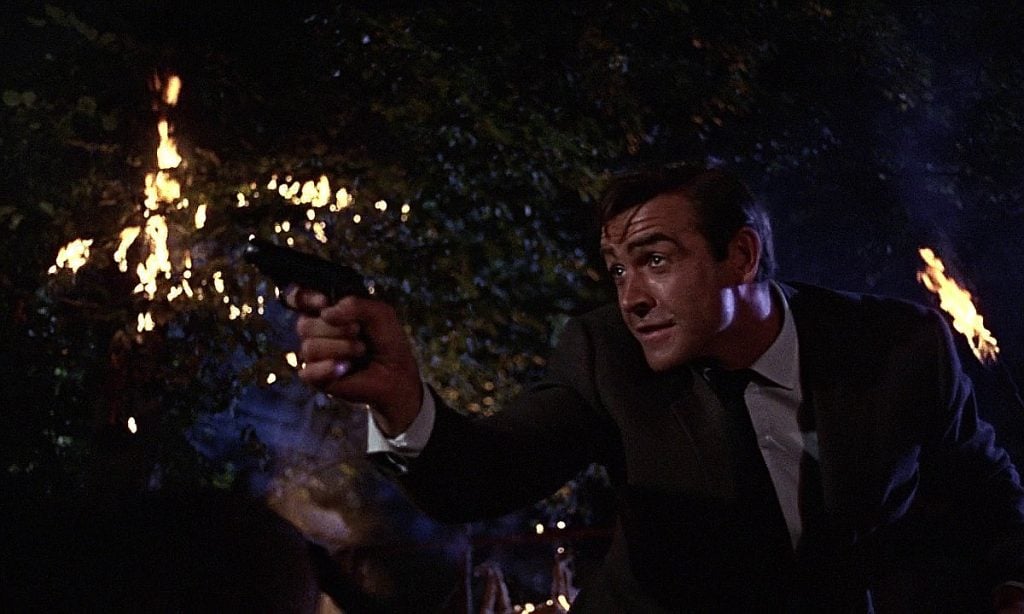
To be fair, the term “spy” might be incorrect. Typically a spy isn’t necessarily a trained operative but a resource turned by a trained operative.
“Intelligence operatives” might be the more correct and accurate term, but that’s nowhere near as fun as “spy.”
Today we are going to indulge our imaginations a bit and also look into the real weapons utilized by spies, intelligence operatives, and similar folks.
The Secretive Nature of Spies
Admittedly trying to explore a secretive world can be tough to do. The organizations that run intelligence operations aren’t known to be open about their tactics, techniques, and equipment.
For this article, we turned to photographs found online or from memoirs.
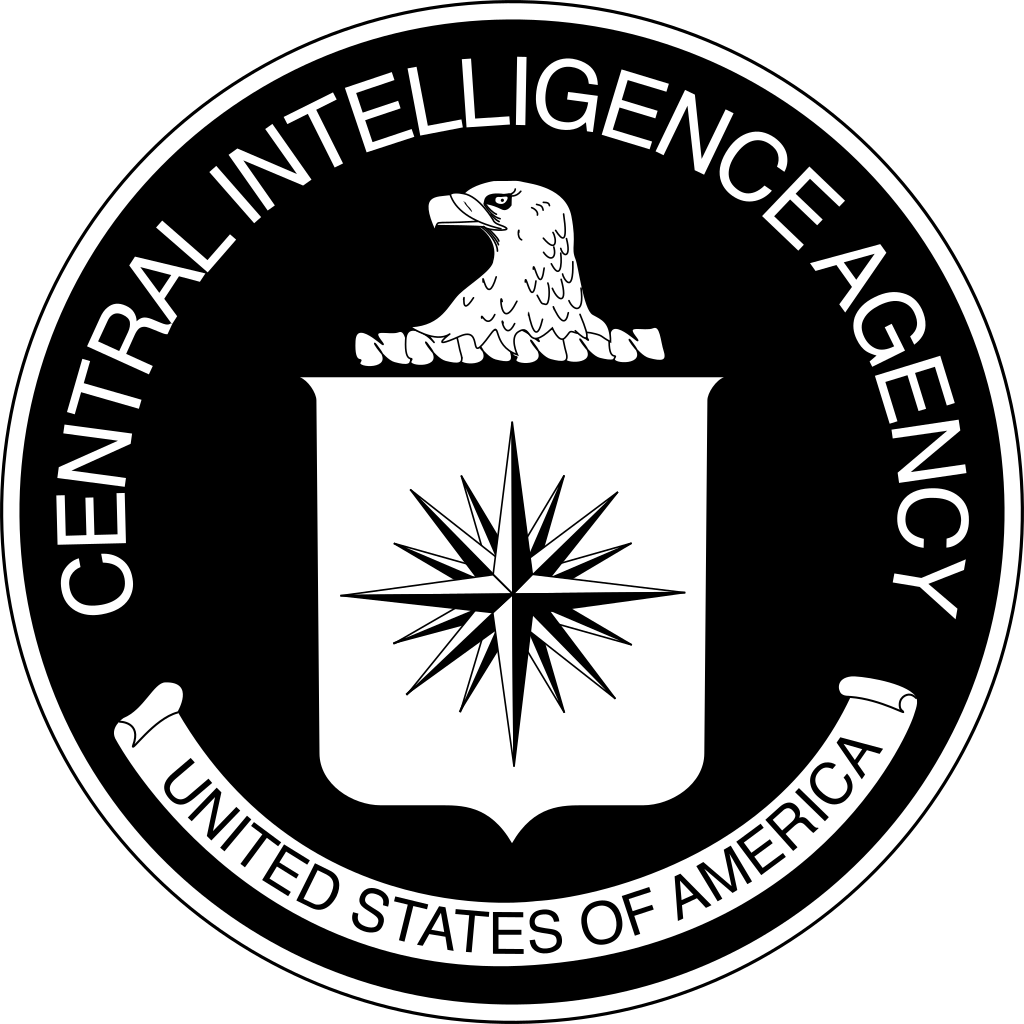
Finding current and updated information tends to be difficult, but digging up historical data isn’t too tough. As time passes, things get declassified, books get written, and information leaks out.
Even with that said, it’s likely impossible to know everything.
We’ve tried our hardest to gather weapons from the current era, the Cold War, and the birth of modern intelligence agencies. So, let’s start with today and work our way back to the OSS and the SOE.
Modern Spies and Their Disguise
Your modern spy or intelligence operative isn’t likely an armed position. Sitting in an embassy as an attache and dining with influential locals doesn’t necessarily require a Beretta. When it comes to the modern armed intel dude, it rotates to the CIA’s Ground Branch.
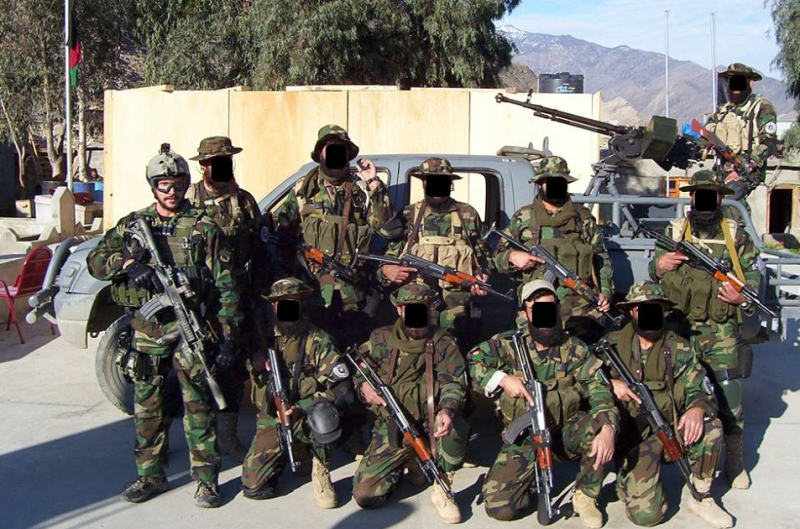
Due to the GWOT, we’ve seen a few pics leak of a Ground Branch guy loadout. This often includes some fairly predictable choices. It’s easy to imagine that the CIA’s elite commandos would have something fancy and exotic, but that’s not the case.
In fact, it makes a lot of sense for someone to blend in with standard troops. Nails that stick out will get hammered.
Glock 19
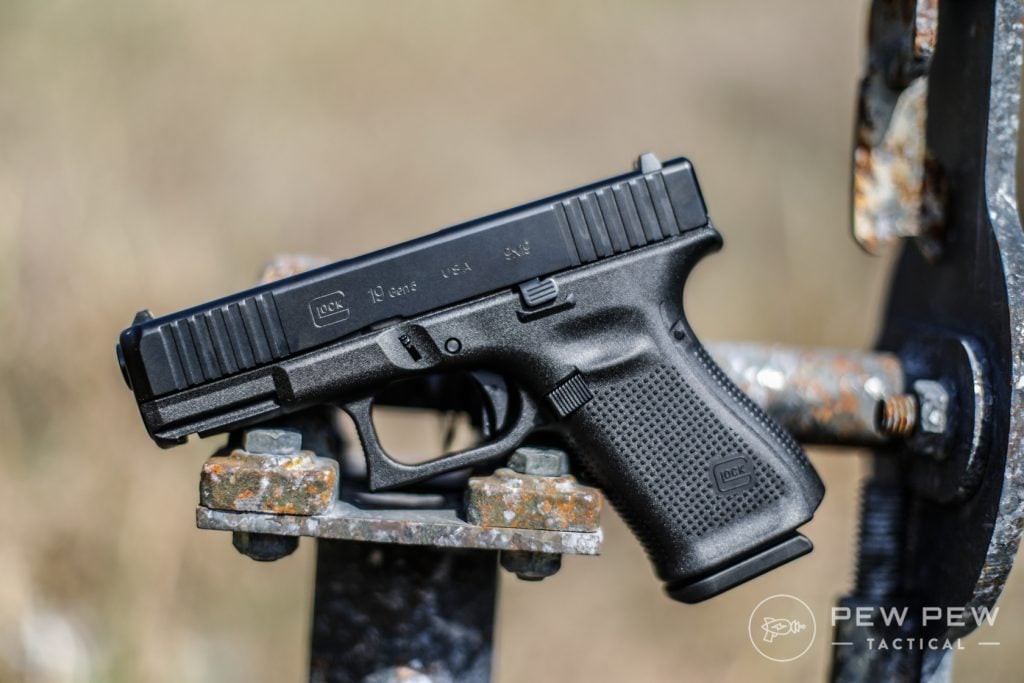
The sidearm of the ground branch is the famously awesome Glock 19.
If Glock had a flagship pistol, it would be the Glock 19. This compact firearm fits the bill well for the modern spy.
Prices accurate at time of writing
Prices accurate at time of writing
-
25% off all OAKLEY products - OAKLEY25
Copied! Visit Merchant
It’s small enough to be concealed if that’s necessary but also large enough to be a capable fighting handgun with all the tricked-out doo-dads. Add in the unbeatable reliability of Glocks, and you get a recipe for success.
Plus, it’s one of the most used sidearms across the planet. It’s easy to repair, easy to use, and is more than proven.
M4
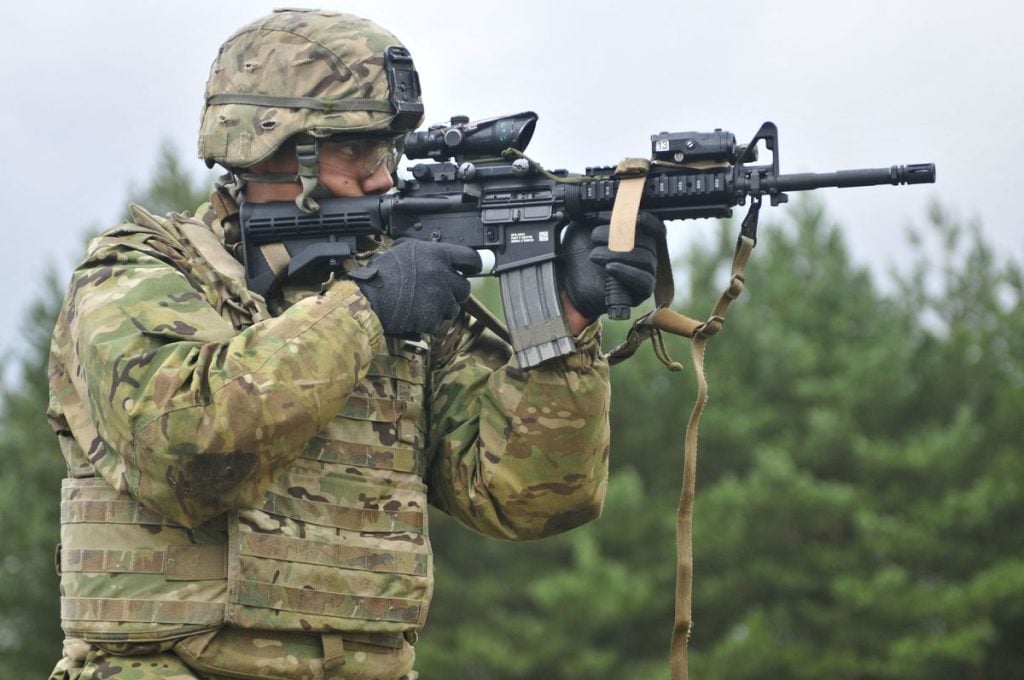
Your standard ground branch rifle is the always-loved M4. No one with an M4 sticks out during a major American operation. This lightweight carbine doesn’t just blend in, but it excels in the basic functions of being a carbine.
Shooters can easily engage targets at 300 yards. It’s compact and easy to use in buildings, vehicles, and other tight situations.
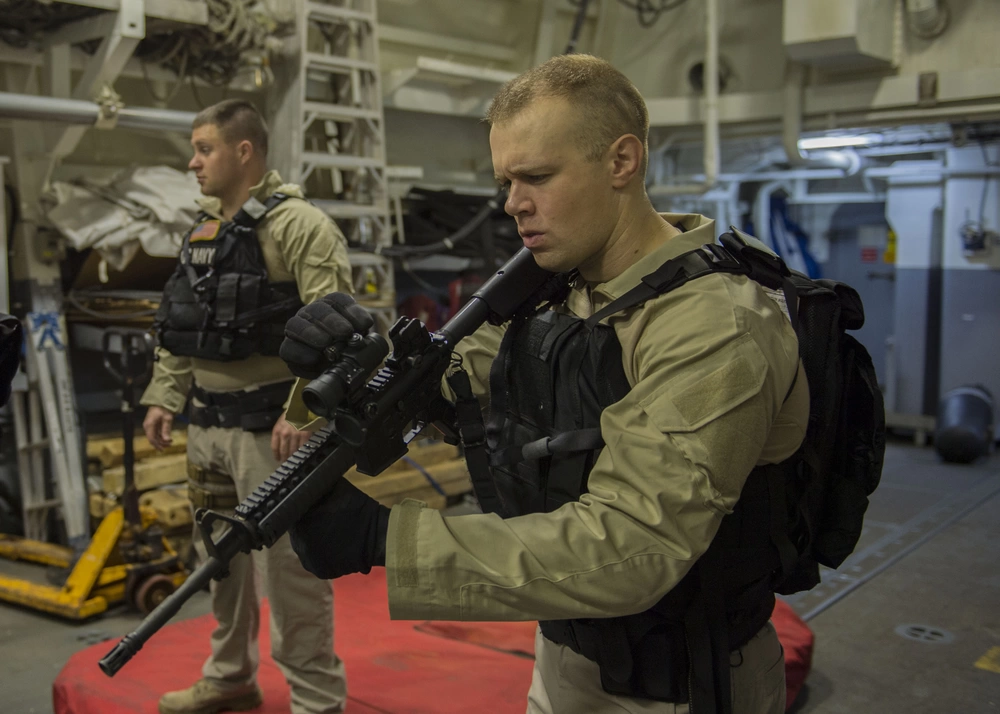
Modularity makes the rifle adaptable with various optics and lights, and for ground branch guys, this could mean grenade launchers, suppressors, night vision optics, and more.
M4 carbines are common service weapons, and similar platforms are used all over the world for good reason. It’s not exotic, but that doesn’t mean it’s not a fantastic rifle for what your average operative needs.
Indig Weapons
Indig, or Indigenous, weapons are also fairly common. If an intelligence operative wants to work in an area that’s devoid of US troops or doesn’t want to appear to be American, they can grab whatever is common with the locals and go.
This is most commonly a Kalashnikov variant.
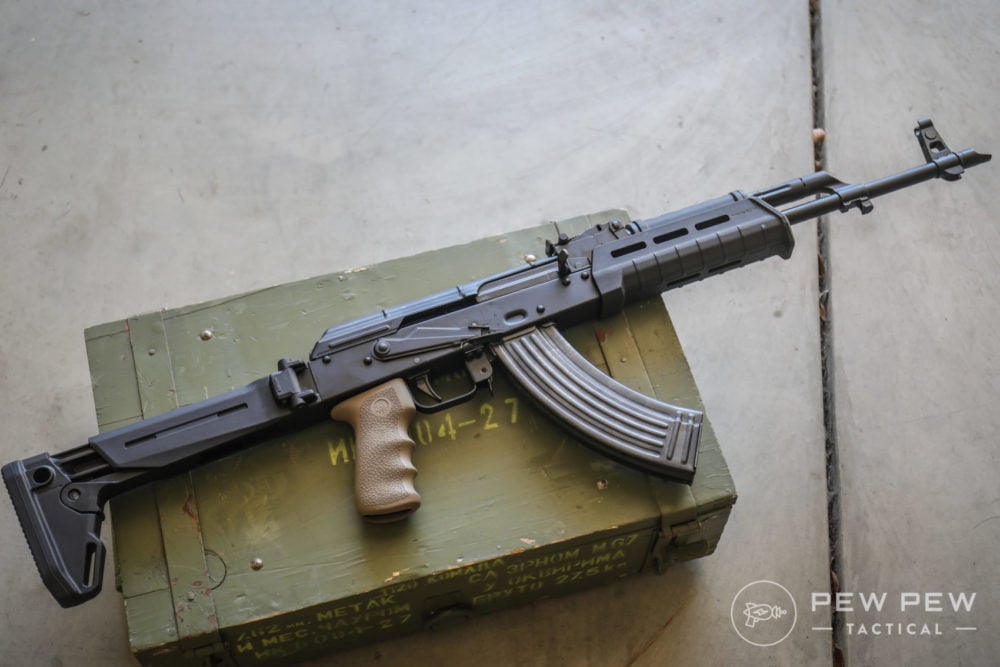
This allows them to blend in better at a distance, and when the shooting starts makes them harder to locate. If all the weapons sound the same, it’s tougher to tell who is who.
When working with local forces, it’s also easier to use one ammo and magazine type than several.
Cold War Era
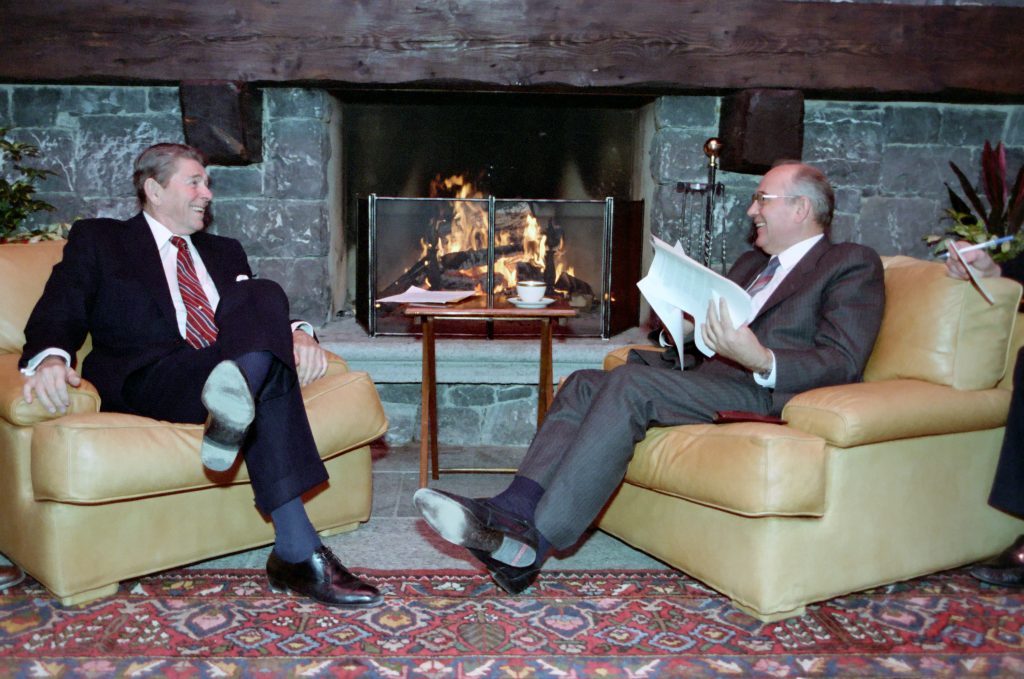
The Cold War seems like a fun time to be a spy. This was a time when it was a spy vs. spy world, and we got some of our best espionage media. It was also a time when people were getting fairly inventive and often a bit silly.
The KGB and the CIA were in a dead heat to produce a few ridiculous weapons. To save time, I’m not going to include some of the more common weapons likely in use at the time.
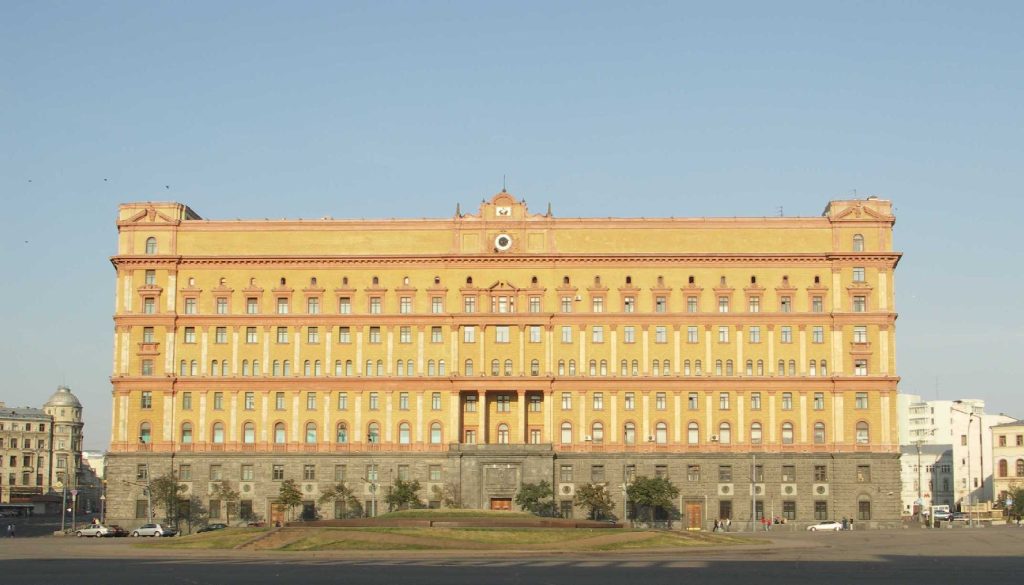
The U.S. Military issued the M1911, and it was likely the M1911 found its way into the hands of CIA agents. The same goes for the TT-33 and Makarov pistols and the KGB.
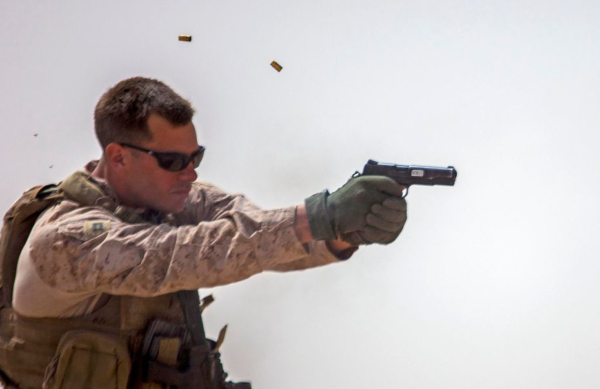
We’ll stick to the exotic stuff.
Swedish K
In Vietnam, the Swedish K, aka the Carl Gustav M/45, became the defacto submachine of special operations, including the CIA guys on the ground.
This was an open bolt 9mm SMG that fed from either a drum or stick magazine. The design was well known for its reliability even in the worse environments and was also commonly suppressed.
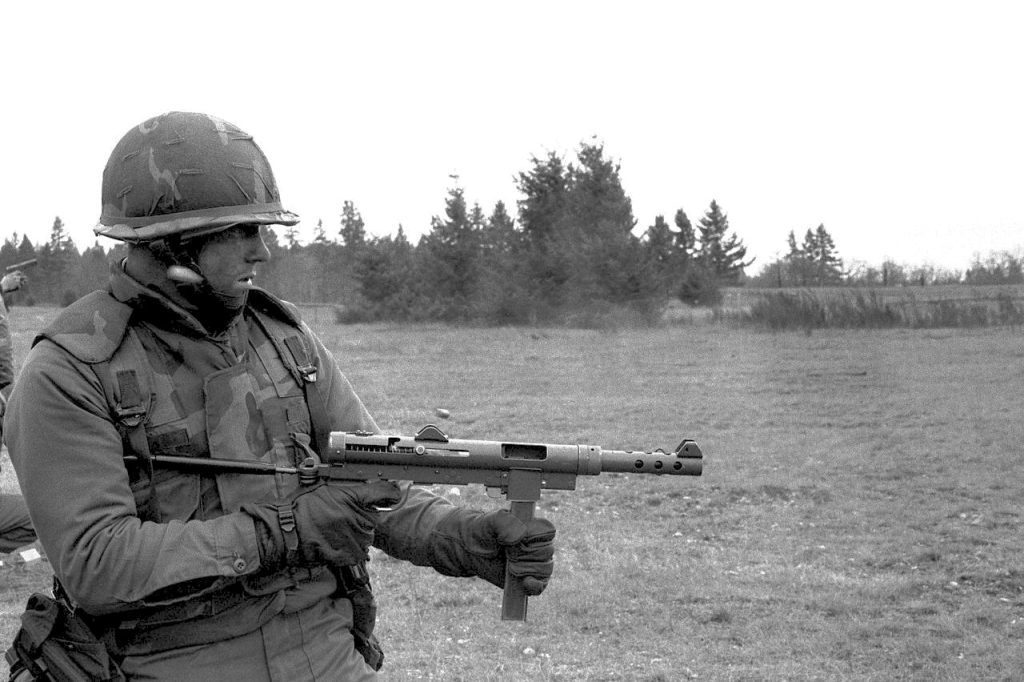
The M/45 was easy to control and a bit better put together than the M3 “Grease” gun. It also wasn’t as heavy or cumbersome as the Thompson.
SEALs preferred it because it could fire as soon as they were out of the water, a Green beret earned a Medal of Honor with one, and the CIA likely enjoyed the fact it wasn’t a standard weapon of the United States military.
When you’re conducting operations in places, you aren’t supposed to be the 9mm casings, and Swedish design made it a little unclear who you were and what you were doing.
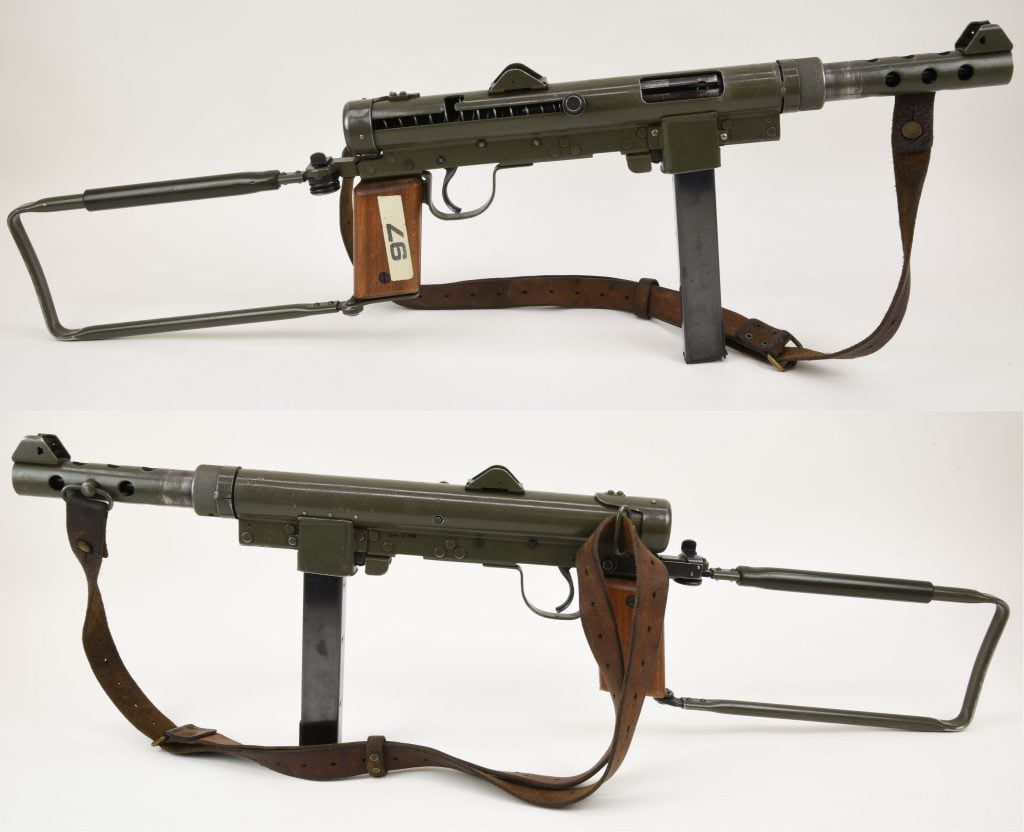
The Swedish weren’t happy that Americans were using the gun in Vietnam and eventually stopped selling them to the United States.
By the time the guns were fading away, the M16 and its carbine variants were becoming popular and ultimately offered more punch and range than the 9mm SMG.
The ASP (Maybe)
The ASP was a highly modified S&W Model 39. A man often called the Q of the CIA, Paris Theodore, designed the gun. It cut down the Model 39 into a concealed carry-sized package.
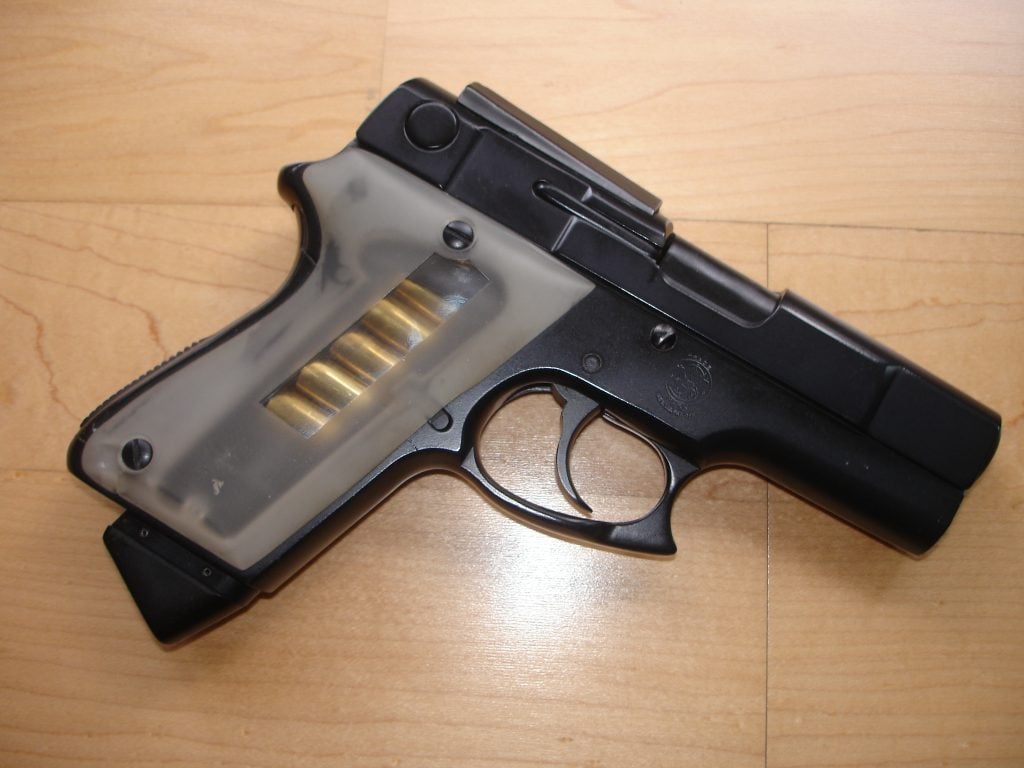
These guns had their edges melted, their frames, slides, and barrels trimmed, and the magazines cut.
The magazines also featured an exposed portion, and the gun had Lexan grips to allow the shooter to know just how many rounds they had left.
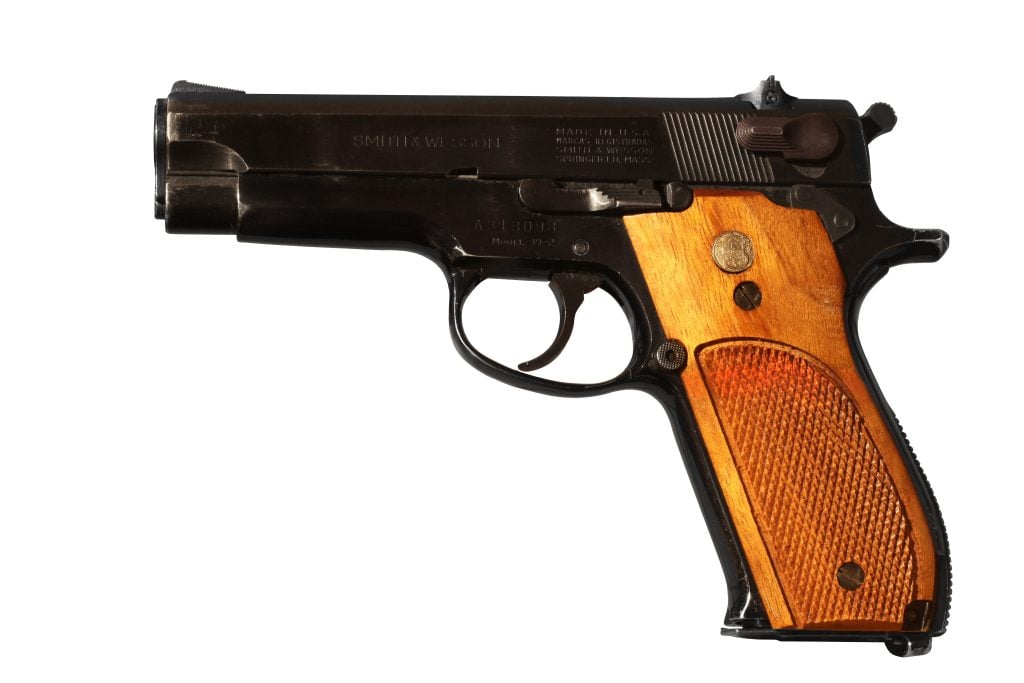
This was one of the first purpose-built 9mm concealed carry guns. It’s a fascinating design, and sadly, it lands on the maybe list.
We do know some made it to Vietnam, and the Commanding Officer of the American Embassy Security Gaurd Detail in Saigon carried one. It’s not unlikely that some operative, official or not, carried an ASP in his more covert dealings.
Sadly the CIA is very quiet about the work they did with Paris Theodore, and anything they’ve ever released due to FOIA requests is often heavily redacted.
The PSM
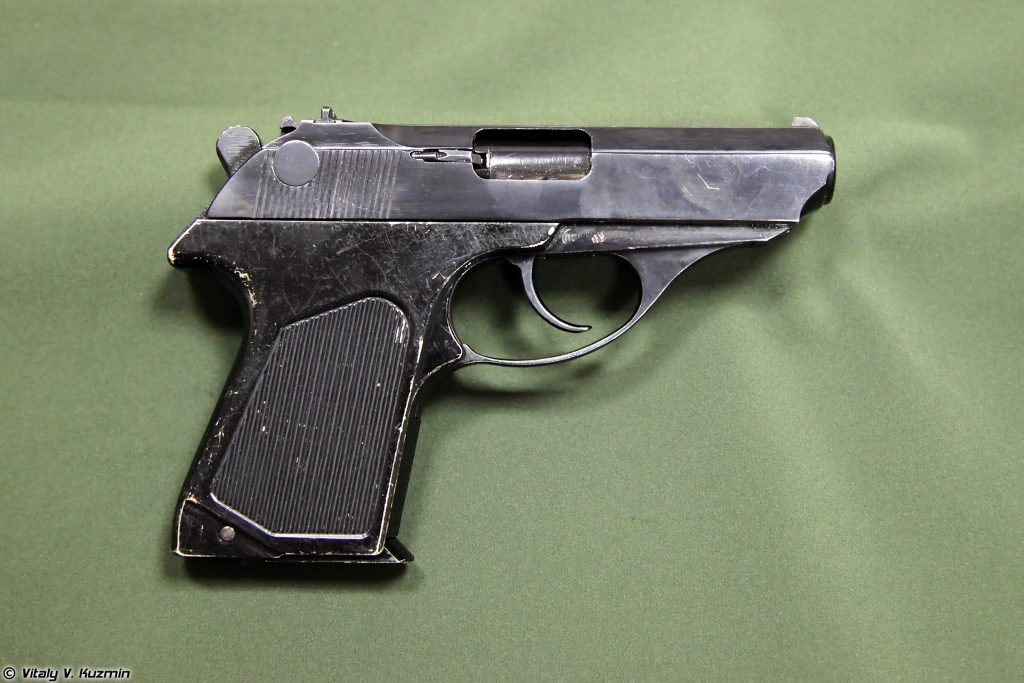
The KGB didn’t have the ASP, but they did have the Soviet PSM pistol. This little gun was well known for its ease of concealment, which made it a favorite with the KGB. It weighed only 16 ounces and was only .82 inches wide.
An agent could easily hide the weapon away until necessary. The PSM is a simple blowback-operated pistol that uses a DA/SA design with a slide-mounted safety and heel magazine release. What makes it interesting?
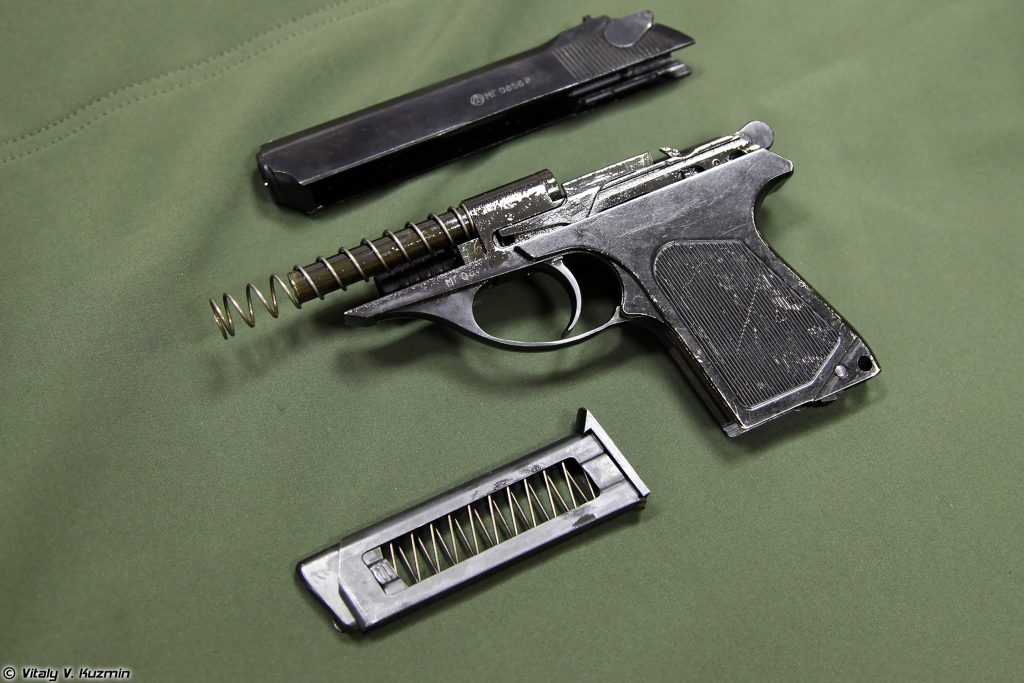
Well, the PSM fired a 5.45x18mm round. It’s fairly unique and uses a spitzer-style bullet. Spitzer is the pointy type rather than the round ball type. I have no idea where the terminal ballistics lie, but the round reportedly weighed about 39 grains and moves at about 1000 feet per second.
It wasn’t a magnum, but I wonder if the round tumbled. Either way, it’s an interesting firearm and a fascinating round.
Lipstick Gun
The Soviets also developed a fascinating little gun. As you can likely imagine, it was a tube of lipstick converted into a single-shot firearm.
Not much is known about the pistol other than it came to be in 1965 and was designed for assassinations.
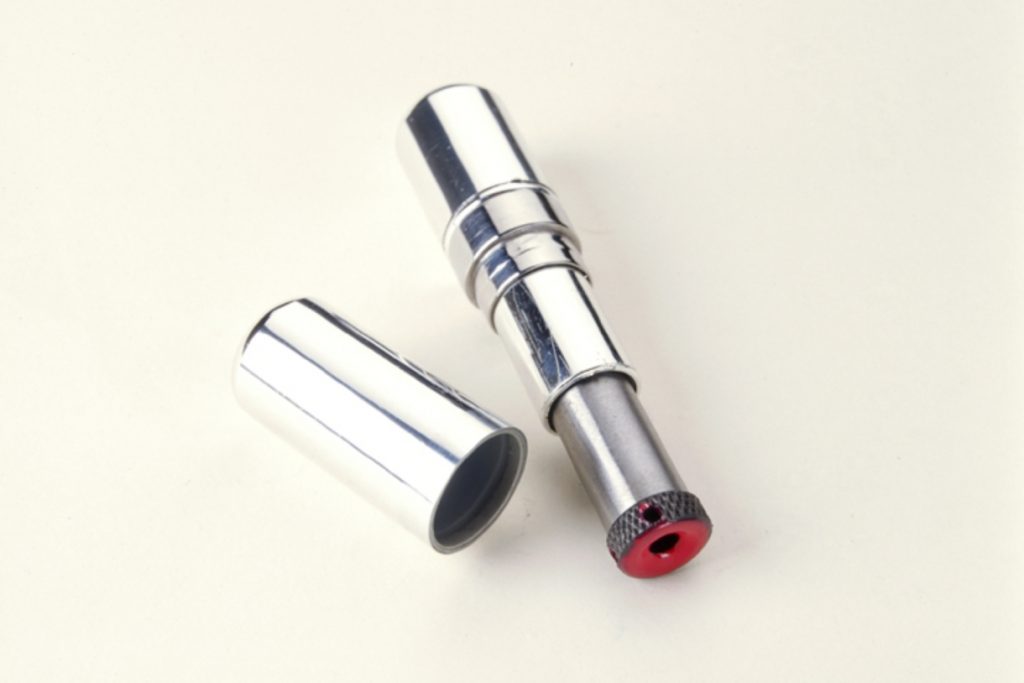
The Lipstick gun was a single-shot 4.5mm weapon.
Apparently, to use the weapon, the assassin would press the barrel into the target, and the weapon would then fire. It doesn’t sound too drop-safe, so hopefully, you don’t have butter fingers.
Heart Attack Gun
The CIA during the Cold War was wild. It’s likely they still are, but they might be smarter about how they hide it.
During the Church Commissions held by Congress, the CIA’s activities and targeted assassinations came to light. Alongside their kill list was a few of their preferred techniques.
One weapon displayed was known as the Heart Attack gun.
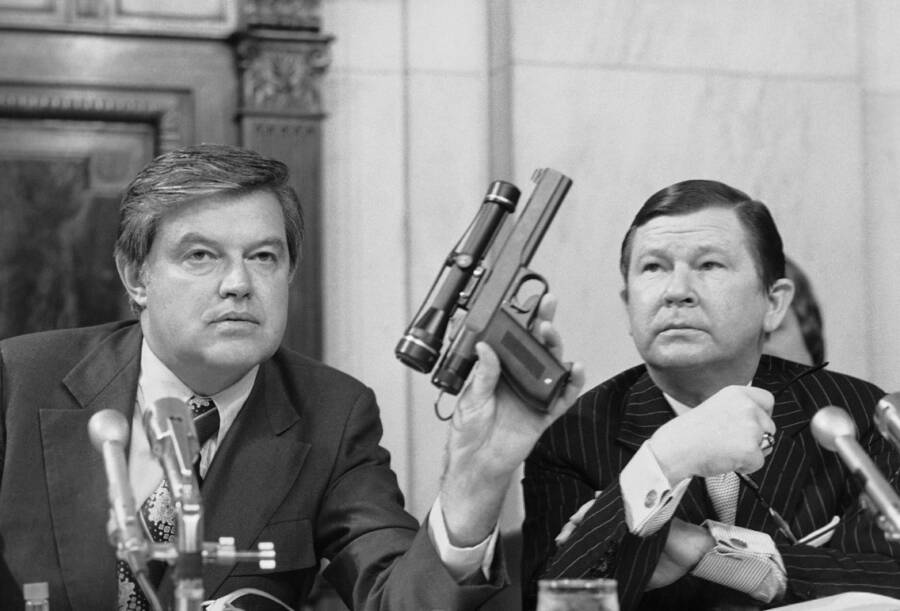
This vaguely 1911-looking weapon was designed to be a long-range poisoner, and I don’t mean lead poisoning. This gun fired a dart made from ice that held within it a concoction that could cause a heart attack.
The ice dart would disintegrate, and no evidence would be left behind.
Other than that, we don’t know much more about the gun. It did feature what appears to be a low-powered long eye relief scope showing that optics on handguns are nothing new.
The OSS and SOE of WWII
World War II birthed the earliest branches of national intelligence agencies. Let me tell you. These guys were massively creative.
The OSS and SOE weren’t afraid to experiment and create some off-the-wall stuff.
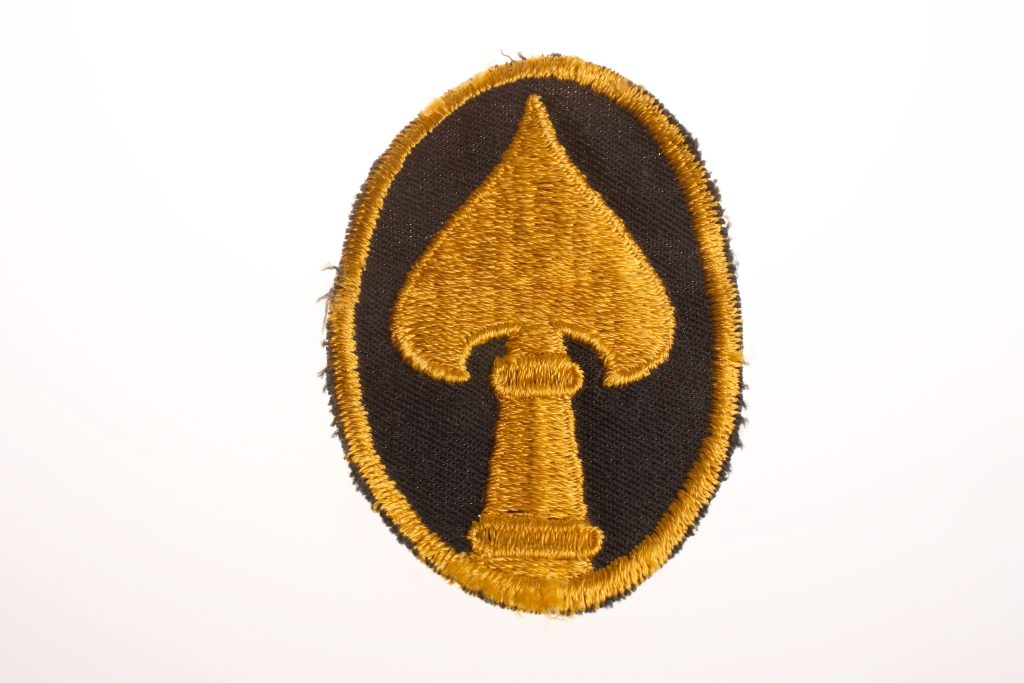
While some seem silly now, it’s interesting to see how intelligence agencies functioned in the early days, especially regarding their weapons.
Like before, we’ll leave off the standard issue stuff on focus on the purpose-built spy tools.
The High Standard HDM
The High Standard HDM created a legacy of suppressed .22 LR handguns seeing service with Spec Ops and Intelligence agencies. The HDM from High Standard was based on the HD target pistol but sported an integrally suppressed barrel.
This weapon would go on to serve well beyond WWII and even be the chosen pistol of Lockheed U-2 pilots.
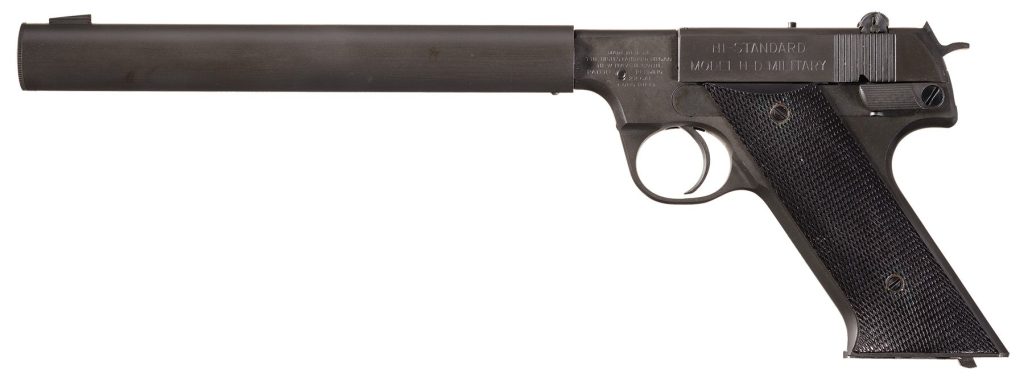
Suppressed weapons in warfare were rather young at this point, but the HDM worked well right out of the gate. Semi-auto handguns can have difficulty with suppressors, especially before Nielsen devices.
The HDM used a simple blowback operation, so it remained reliable when suppressed.
With the right ammo, this gun could be very quiet. Quiet enough to not wake the neighbors or alert the guards when used correctly.
The Welrod
The SOE had their own very quiet weapon. They were with a single shot, manual action repeater known as the Welrod.
The Welrod came in both .32 ACP and 9mm and used an integrally suppressed design.
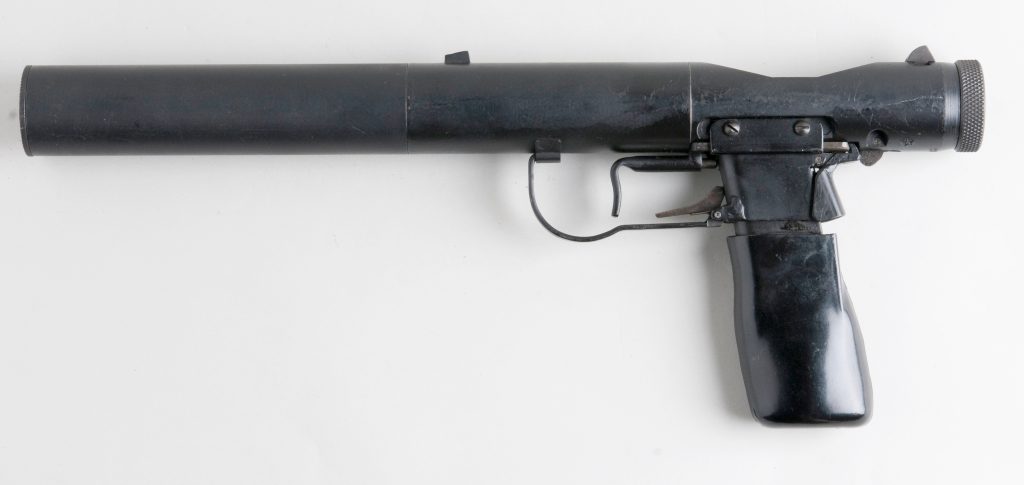
The lack of a moving action made the gun even quieter. With subsonic ammo, it could be nearly as quiet as movies make all suppressors sound. While it was primarily used by the SOE, the OSS and Resistance fighters fielded these guns as well.
These guns were still being used up until the fall of the Berlin wall by Special Forces soldiers.
The Belt Pistol
Another SOE invention was the belt pistol.
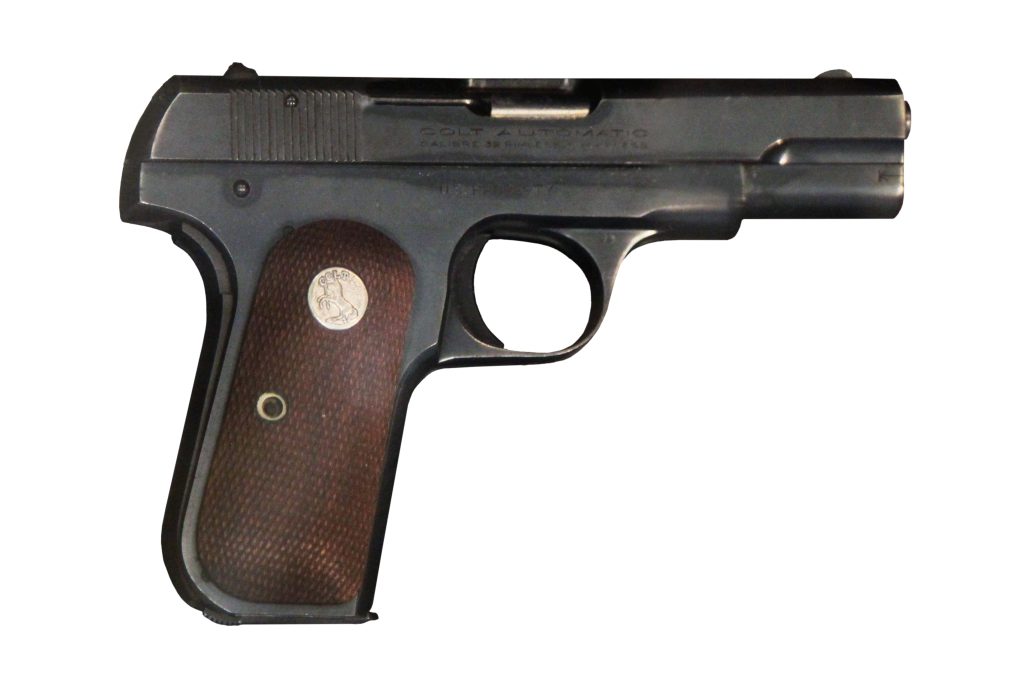
This design saw a belly band attached to the shooter that held a Colt Model 1903. The little gun would be oriented in the same direction as the wearer.
Then the wearer could fire the weapon by tugging at a string that ran from the belt and down their sleeve.
How or why the weapon was deployed doesn’t seem to be common knowledge. In fact, it could have just been a prototype, but I can’t help but like where the SOE’s head was at.
The Welwand
Before Travis Bickle had a .25 ACP up his sleeve, the British had their sleeve gun. They modified the Welrod, removed the handle, and created a tube an operative could keep up their sleeve until needed.
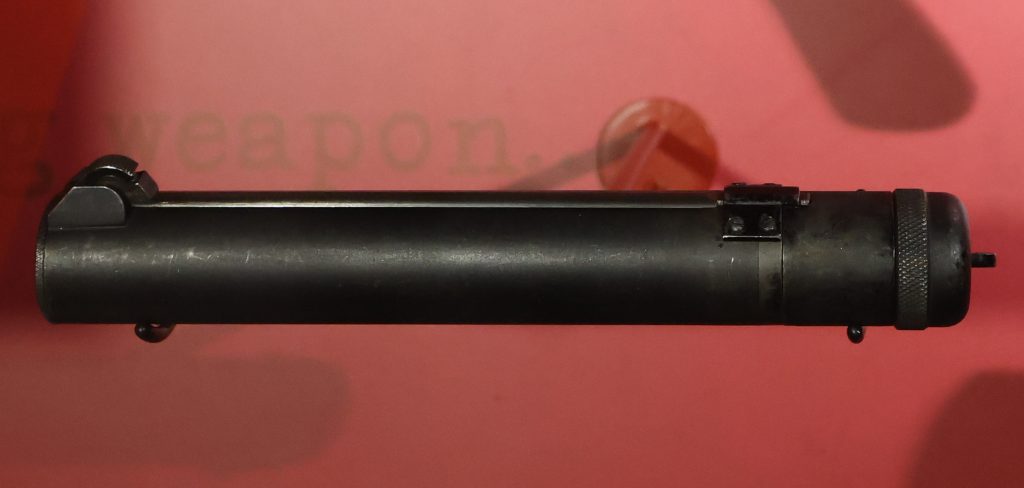
This little pistol came in either .32 ACP or 9mm and was a very small, compact weapon.
It was officially known as the Welwand, but everyone called it the sleeve gun. Like the Welrod, it was suppressed and a single-shot firearm.
The little gun didn’t look like a firearm, so it was easily disguised and hidden when necessary. Sadly we don’t know who used them or how many were made, but we do know it existed, and the Royal Armoury currently has at least one.
Final Thoughts
Small arms might be a tool of the spy trade, but it’s a very small one. Still, it’s interesting to see what guns were produced and why they were used by intelligence agencies around the world.
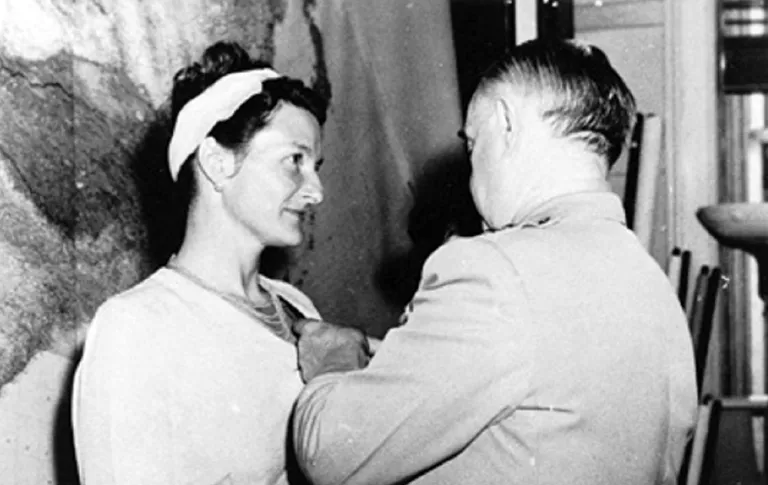
My favorite time period is definitely the second World War. They were going nuts back then, and creative solutions seemed to be the name of the game.
What’s your favorite spy gun? Let us know in the comments below. For more on the guns of the government, check out our look into the FBI’s Guns Over the Years.

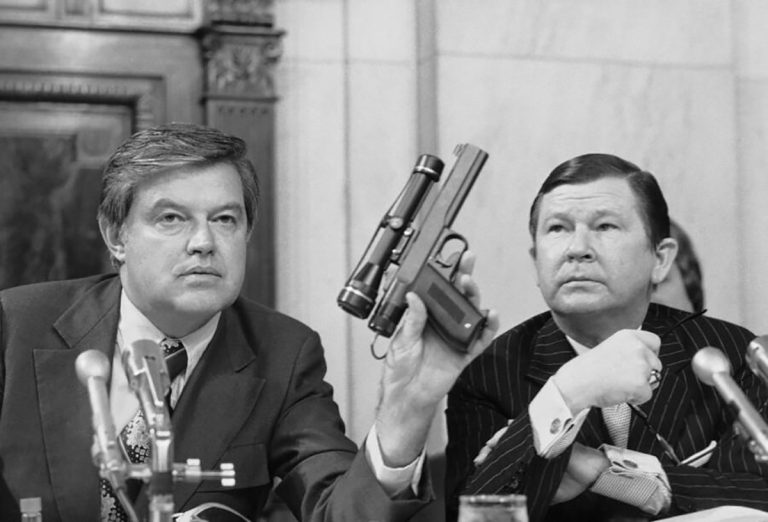
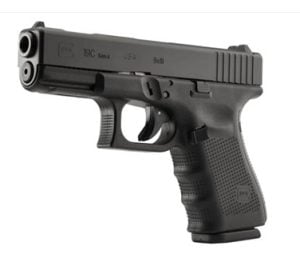







3 Leave a Reply
My understanding was that life imitated art concerning the PPK; Agency guys saw the Bond films and figured that that was the gun for them, at least in the 1960s.
The CIA "heart attack gun" fired a dissolving needle, with a electric primer and a piece of flash paper for propellant. US patent #3344711 explains the pistol in excellent detail, and gyrojet.net explains the ammunition in minute detail as well. According to Agengy documents, the needles contained M99 (etorphine) for use on watchdogs. Yea, right.
I really enjoyed the article, but I am surprised that you didn't mention the old SOE/OSS pen gun.